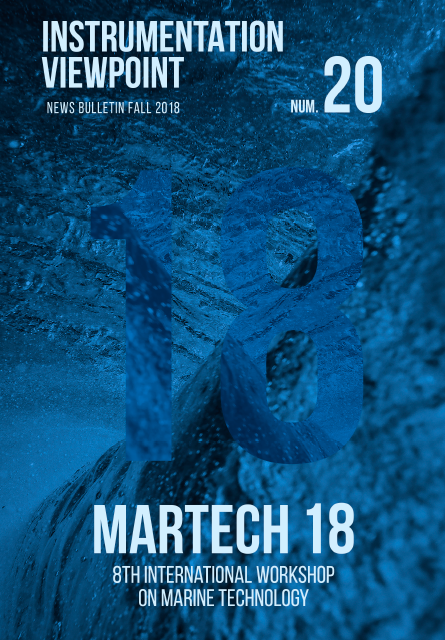The new iteration of the wavy drifter (MELOA)
Resumen
The MELOA (Multi-purpose/Multi-sensor Extra Light Oceanography Apparatus), H2020 project, proposes to develop a low-cost, easy-to-handle, wave resilient, multi-purpose, multi-sensor, extra light surface drifter for use in all water environments, ranging from deep-sea to inland waters, including coastal areas, river plumes and surf zones. The device will be developed as an upgrade to the WAVY drifter (Figure-1) conceived by the LSTS - Faculty of Engineering of the University of Porto, which was used to measure the surface circulation forced by wave breaking, including detailed structure of rifts and the littoral drift current. The new iteration of the wavy drifter improves upon the older one by adding new functionality like wave spectrum computation from collected data, and adding sensors such as a Inertial Measurement Unit (IMU), Atmospheric Pressure Sensor (ATM), a new and improved GNSS modules with new positioning solutions, a new GSM supporting encrypted GPRS connections for real-time data transmission as well as more internal memory. Furthermore a new MCU (Microcontroller Unit) was chosen to integrate all this sensors and data collection and a new firmware package. To adapt to users’ requests and different mission profiles there are five WAVY models available, all with different sensor packages and functionality: Basic and Litoral for coastal operations, Ocean, Ocean ATMO and Ocean Plus for open sea. For the later a Satellite transceiver is used for communication instead of the GSM module, to transmit the results of wave spectrum computation.Descargas
Número
Sección
Licencia
Universitat Politècnica de Catalunya has joined the Berlin Declaration on Open Access to Knowledge in the Sciences and Humanities. This declaration proposes the universal acces to the results of scientific and technical research.
All papers presented at Martech will be published in both the UPCommons and the Martech organization web sites, the former being the institutional digital deposit of Universitat Politècnica de Catalunya (https://upcommons.upc.edu). This difussion will be made through the Creative Commons License Attribution-NonCommercial-NoDerivs 2.5 or similar (http://creativecommons.org/licenses/by-nc-nd/2.5/deed.en).
When sending the final paper, the author must agree to the conference having non-exclusive rights on this operation. The author will maintain his/her right to diffuse the paper elsewhere.







